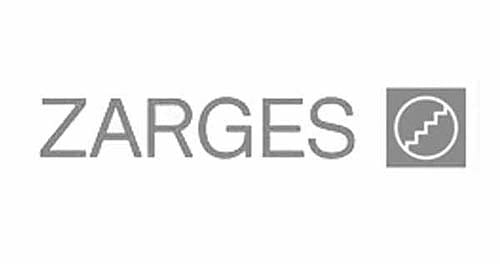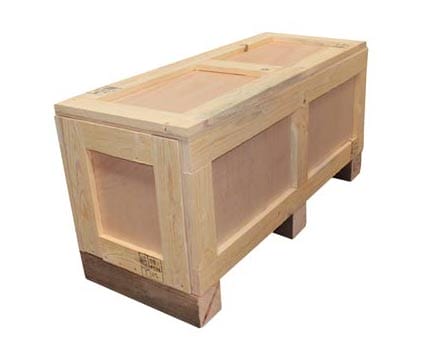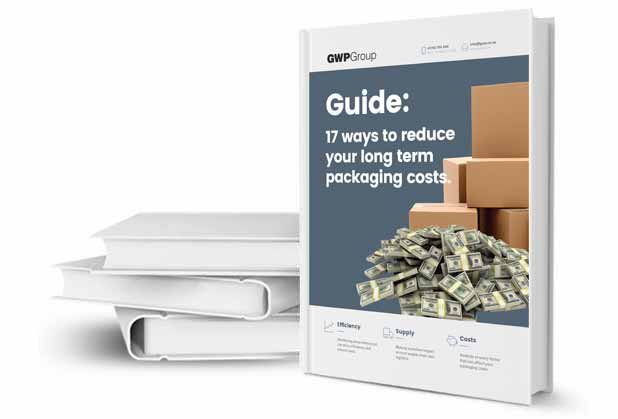Introduction
Ensuring safety and compliance when transporting dangerous goods
If your business ships hazardous goods, such as chemicals and flammable liquids, medical samples, or batteries, then using standard packaging isn’t enough. To stay compliant, avoid delays, and protect your products (and people), you must use UN-approved packaging.
UN-approved packaging is specifically designed, tested, and certified to contain hazardous materials during transportation safely. Whether shipping by road, rail, sea, or air, it ensures compliance with international regulations while reducing the risks of leaks, spills, or accidents.
In this guide, we’ll explain what UN-approved packaging is, why it’s required, and the key reasons it’s an essential part of global trade.
Contents
What is UN-approved packaging?
Certified protection for hazardous goods
Dangerous goods are substances or products that pose a risk to health, safety, property, or the environment. They include everything from flammable liquids and toxic chemicals to radioactive material and corrosives.
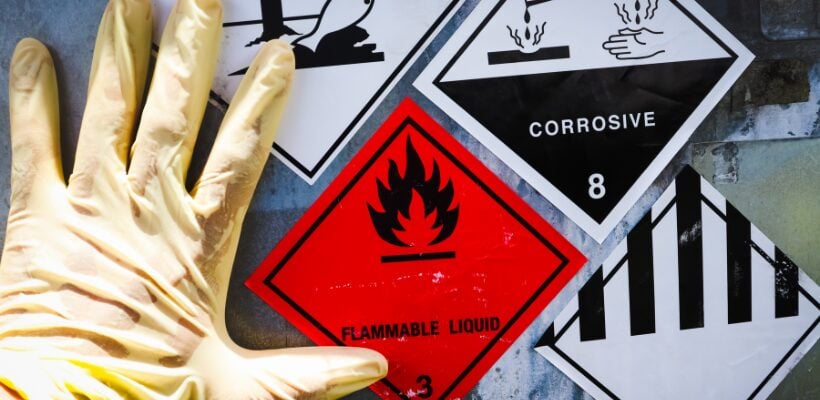
UN-approved packaging is designed not only to prevent leaks, spills, and exposure but also to ensure that, in the event of an incident, hazards are contained and controlled. For example, if a package were to fall from a shelf or a vehicle, the dangerous goods inside would remain securely contained.
Using UN-approved packaging ensures the correct declaration and labelling of dangerous goods, so that everyone in the transport chain, from handlers to emergency responders, knows precisely what they are dealing with and how to act safely.
Why do we need UN-approved packaging?
Keeping people, property, and the environment safe
Dangerous goods and substances range from flammable liquids and toxic chemicals to corrosives and explosives. They pose a serious hazard to health, safety, and the environment if not properly contained.
UN-approved packaging exists to minimise these risks. It is specially designed and tested to ensure that, even in the event of an accident, like the package being dropped, mishandled, or exposed to extreme conditions, the dangerous goods remain contained. This prevents leaks, spills, and the potentially catastrophic consequences of exposure.
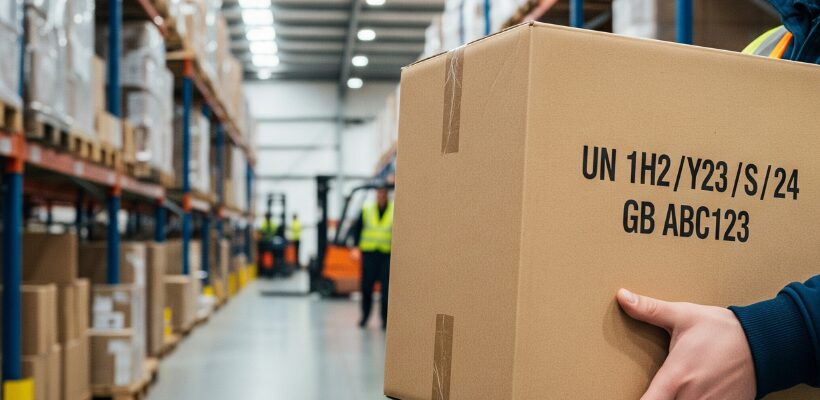
By using UN-approved packaging, businesses also meet strict international regulations that govern the transport of dangerous goods. Without it, shipments risk rejection at customs, costly delays, or fines that can reach several times the value of the cargo.
A 2023 industry audit, showed that 50% of containers carrying dangerous goods displayed some kind of non-conformity, whether through incorrect labelling, insecure packaging, or inadequate sealing. Many of these issues could be prevented through the correct use of UN-approved packaging solutions.
UN-approved packaging ensures that everyone throughout the supply chain, from handlers and carriers to custom officials, know exactly what they are dealing with, how it should be managed, and what steps to take in case of an emergency.
What does UN-approved packaging look like?
Different types of packaging for different needs
Unlike everyday packaging, UN-approved packaging is designed with a specific purpose in mind: to safely contain and transport hazardous goods. For this reason, it comes in a wide variety of shapes, sizes, and materials, each of which has been tested to meet strict performance standards.
You will typically see UN-approved packaging in the form of drums, jerricans, boxes, bags, or composite packs. The materials can range from fibreboard and plywood through to steel, plastic, or aluminium. Each option is carefully designed to match the properties of the substance that it holds, whether it’s a liquid, solid, or gas.
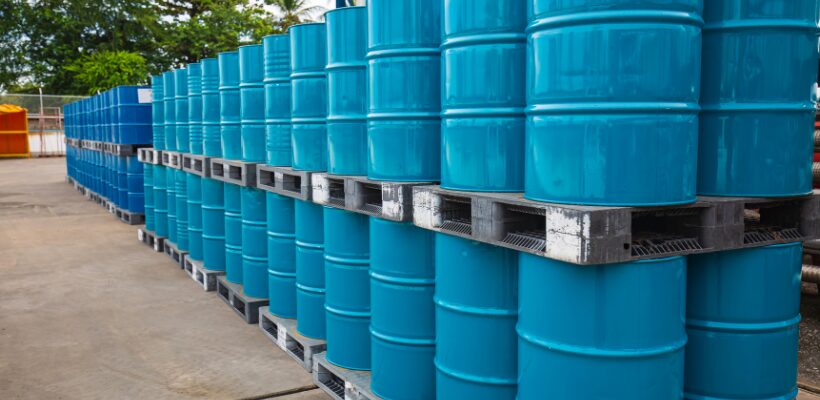
There are two main types of UN-approved packaging:
- Combination packaging utilises a strong outer container with inner receptacles to hold the goods. Cushioning or absorbent materials are often added to provide extra protection. For example, a fibreboard box containing several glass bottles of chemicals.
- Single packaging is a standalone container that does not require inner packaging to protect its contents. A typical example is a steel drum directly holding flammable liquids.
Every package must be designed to withstand the knocks, vibrations, and stacking pressures of transportation, whether by road, sea, air, or rail.
How is it different to everyday packaging?
Engineered for risk, not convenience
Unlike household containers or standard shipping boxes, UN-approved packaging is made from higher-specification materials designed to withstand far more demanding conditions.
Every design must pass strict drop tests, pressure tests, and stacking tests, ensuring it can survive the bumps, knocks, and environmental stressors of international transport. This guarantees extra protection for the goods inside and reduces the risk of leaks or exposure that could cause harm.

Before packaging design can be classed as UN-approved, it must undergo a rigorous approval process:
- Design and specification: manufacturers create packaging to meet strict UN guidelines.
- Independent testing: the packaging is subjected to drop, pressure, and stacking tests to prove its durability.
- State authority verification: if successful, the results are sent to the national authority, which verifies compliance.
- UN mark issued: the packaging is then officially certified and may be produced and sold as UN-approved.
Only once it has passed this process can it legally be used for transporting dangerous goods.
Packaging groups explained
Different levels of hazards
To make transport safer when you are shipping hazardous goods or substances, they are each assigned a packing group that indicates the level of danger they pose:
- Packing Group I (X): High level of danger.
- Packing Group II (Y): Medium level of danger.
- Packing Group III (Z): Low level of danger.
The packaging chosen must be approved for the relevant group, ensuring that hazardous goods are transported in the most robust containers.
Classes of dangerous goods
Nine hazardous classes, worldwide
Dangerous goods are divided into nine classes, which are recognised internationally:
- Explosives
- Gases
- Flammable liquids
- Flammable solids
- Oxidisers and organic peroxides
- Toxic and infectious substances
- Radioactive materials
- Corrosive materials
- Miscellaneous dangerous substances
UN-approved packaging is specifically designed to match these classes to ensure correct handling, labelling, and containment.
Understanding UN markings
Decoding the UN number
Every certified package carries a UN marking that identifies its performance and suitability. For example:
UN 1H2 / Y23 / S / 24 / GB / ABC123
Breaking this down:
- UN – indicates UN-approved packaging.
- 1H2 – describes the type and material (1=drum, H=plastic, 2=removable lid).
- Y23 – “Y” indicates Packing Group II, “23” is the maximum gross weight in kg.
- S – indicates the contents are solid (liquids would specify pressure rating).
- 24 – indicates the year of manufacture.
- GB – indicates the country of approval.
- ABC123 – indicates the testing centre and approval number.
This system makes it easy for handlers and inspectors to confirm the packaging is fit for purpose.
Summary
Why UN-approved packaging is essential
UN-approved packaging is essential for keeping dangerous goods safe, compliant, and properly contained throughout their journey. Whether you’re shipping flammable liquids, corrosives, or toxic substances, the right packaging reduces risks to people, animals, property, and the environment. It also ensures your business remains fully compliant with international regulations, avoiding costly delays, fines, or reputational damage.
At GWP, we work with businesses across multiple industries to provide UN-approved packaging solutions that meet strict safety standards while being practical and cost-effective for everyday operations. From custom-designed boxes and cases to guidance on regulatory compliance, our team can help ensure your dangerous goods are transported safely and securely.
Get in touch with our team of experts today to discuss your UN-approved packaging requirements and benefit from expert advices tailored to your business.
Share this article
Further reading


About the author

Kalon has strong knowledge and experience of timber, heavy duty and composite packaging, and holds an MPAS certification.
Products in this guide
Get in touch
Related guides
What is ISPM 15? A comprehensive guide for packaging requirements
7 advantages of using wooden export crates (and 5 disadvantages)
Export packing lists – 10 crucial details to include in 2025
Export packing guide – 7 considerations for international shipping
17 reasons to switch to returnable transit packaging
Analysis: Single trip packaging vs returnable packaging
Transit cases – how to decide which is right for you
Shipping cases: 5 options for safe transit of your goods







